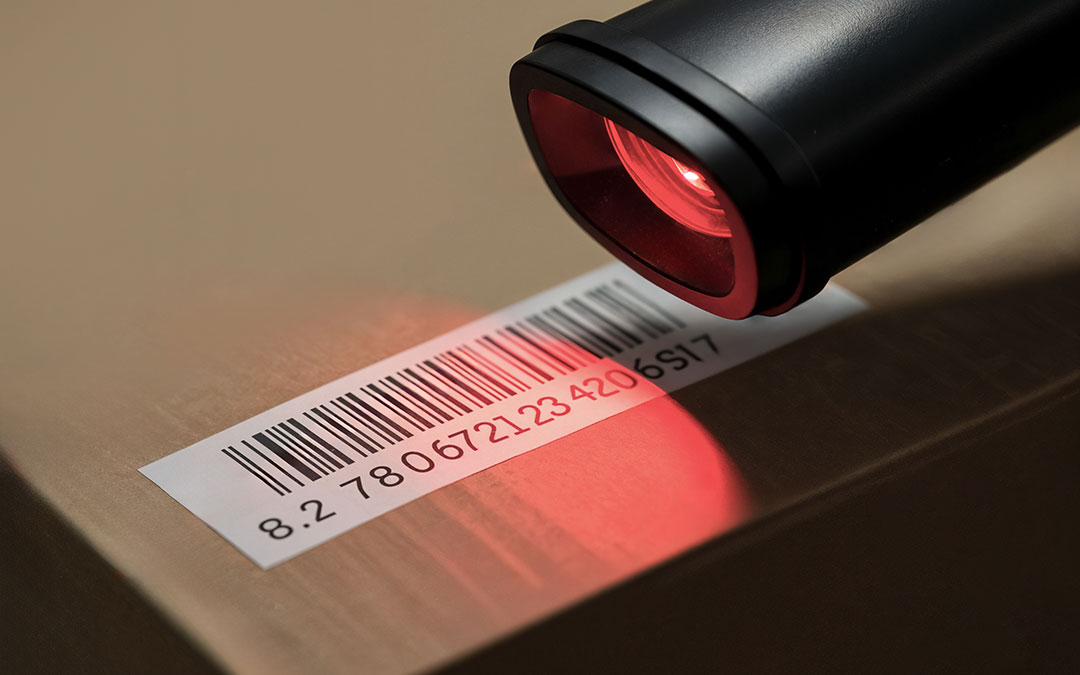What Are Barcode Labels?
Barcode labels are adhesive labels printed with machine-readable codes. They store product information in a way that’s easy to scan and quick to access, which saves time, reduces human error, and improves business efficiency.
Popular Types of Barcode Labels
- 1D (Linear) Barcodes:
Classic barcodes with vertical lines, like UPC (Universal Product Code), commonly used in retail and inventory management. - 2D Barcodes:
More complex barcodes like QR codes, Data Matrix, or PDF417, capable of holding more data, including URLs and product details. - Sequential Barcode Labels:
Labels printed with unique, consecutive numbers for product tracking or asset management. - Color-Coded Barcode Labels:
Add visual identification alongside scannable codes, useful for logistics and warehouse sorting. - Paper Labels: Budget-friendly, suitable for indoor use.
- Polyester & Polypropylene Labels: Durable, water and tear-resistant, perfect for harsh environments.
- Removable Labels: Ideal for temporary product identification.
- Freezer-Grade Labels: Special adhesives for cold storage and frozen goods.
- Choose high-contrast colors: Always go with dark bars on a light background for optimal scan accuracy.
- Consider label size: Leave enough white space (quiet zones) around the barcode for easy scanning.
- Test before printing in bulk: Always scan samples to ensure scannability.
- Use the right adhesive: Match adhesive types to your product surface (e.g., glass, plastic, cardboard).
- Stay compliant: Adhere to industry-specific standards to avoid scanning errors or regulatory issues.
Industry Barcode Standards You Should Know
Different industries rely on standardized barcode formats to ensure accuracy and compatibility:
| Industry | Common Barcode Standards |
|---|---|
| Retail | UPC, EAN |
| Healthcare | GS1 Data Matrix, HIBC |
| Logistics | Code 128, ITF-14 |
| Manufacturing | Code 39, QR Code |
| Food & Beverage | UPC, QR Code with traceability info |
Choosing the Right Barcode Label Material
Best Practices for Barcode Label Printing
Why Partner with Allegra for Barcode Labels?
At Allegra, we offer high-quality, industry-compliant barcode labels customized for your products. Whether you need durable industrial labels or sleek retail barcodes, our team helps you choose the right materials and formats, printed to perfection, every time.
Conclusion
A good barcode label does more than carry information; it keeps your business running efficiently. From choosing the right type to meeting industry standards, Allegra ensures your barcode labels check every box.
Ready to streamline your operations? Speak to a label expert today 604-255-3472






